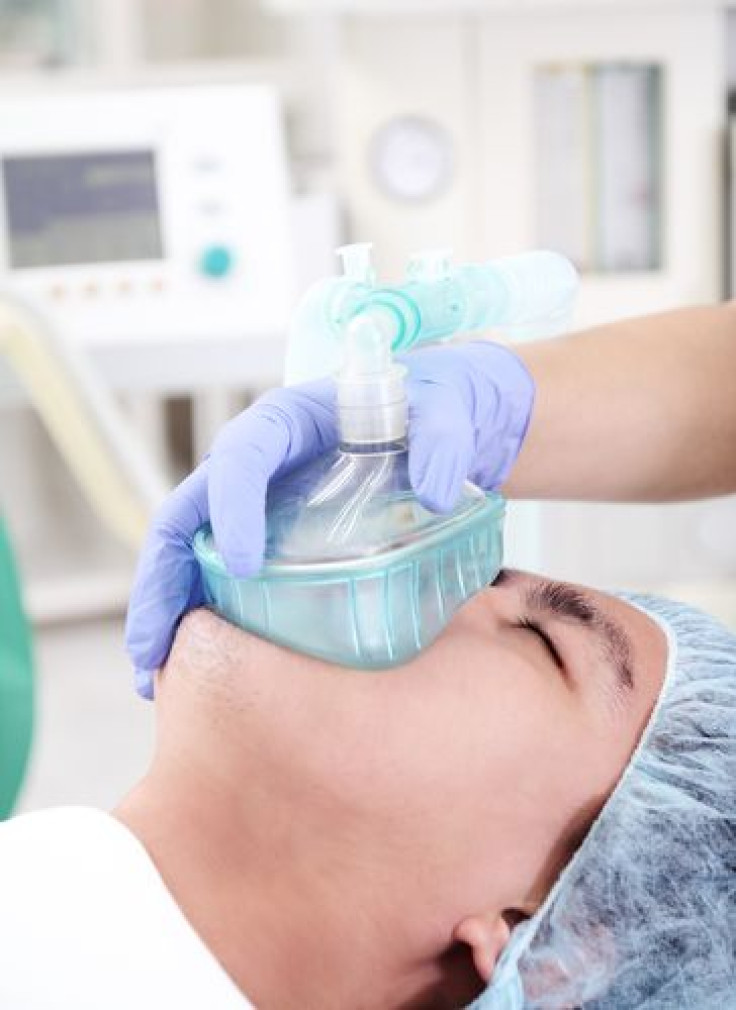Wake Up: Activating Dopamine Pathway In Brain Helps Doctors Arouse Patients From General Anesthesia

If you have ever been under the knife for a surgery, you recall experiencing the groggy, disoriented feeling after coming out of the effects of being anesthetized. While the heavy-headedness and confusion is a temporary feeling, it does put you off balance and it’s not something many of us like. But this might change, as scientists have found that stimulating a part of the brain called ventral tegmental area (VTA) caused rats to regain consciousness from anesthesia. The VTA is a major dopamine producing region, and the researchers feel that activating this region could help induce active emergence from anesthesia.
"While generally safe, it is well known that patients should not be under general anesthesia longer than necessary," said Dr. Ken Solt, lead author, Massachusetts General Hospital Department of Anesthesia, Critical Care and Pain Medicine, and assistant professor of anesthesia, Harvard Medical School, Boston, in a press release. "Currently, there are no treatments to reverse the effects of general anesthesia. We must wait for the anesthetics to wear off. Having the ability to control the process of arousal from general anesthesia would be advantageous as it might speed recovery to normal cognition after surgery and enhance operating room (O.R.) efficiencies.” The study is to be published in the August issue of Anesthesiology, the official medical journal of the American Society of Anesthesiologists.
While it is known that different drugs work on the brain in different ways to induce anesthesia, scientists believe that certain arousal pathways in the brain may be activated by certain drugs to promote consciousness. For the experiment, the rats were first given the general anesthetics isoflurane or propofol. Once the rats were under, the researchers performed targeted electrical stimulation, through implanted steel electrodes on the VTA and the substantia nigra.
These are the two main regions of the origin of dopaminergic cell bodies that form the dopamine pathways, transmitting neurotransmitter dopamine to one region of the brain to the other. While the VTA is associated with cognition, motivation, intense emotions relating to love, and several psychiatric disorders, the substantia nigra controls movement.
Researchers found that electrical stimulation of the VTA brought back consciousness in the rats, suggesting a possible involvement of the dopamine released by the cells in this part of the brain in arousal. In their earlier research these scientists had reported that methylphenidate (Ritalin), a drug used to treat attention deficit hyperactivity disorder, awakened rats from general anesthesia by activating dopamine-releasing pathways. What surprised them was that the electrical stimulation of the VTA had an effect similar to that of the drug methylphenidate in restoring consciousness after anesthesia.
"We now have evidence that dopamine released by cells in the VTA is mainly responsible for the awakening effect seen with methylphenidate," Solt said in the press release. "Because dopamine releasing cells in the VTA are important for cognition, we may be able to use drugs that act on this region not only to induce consciousness in anesthetized patients, but to potentially treat common postoperative emergence-related problems such as delirium and restore cognitive function."
Source: Solt K et al. Anesthesiology. 2014.



























